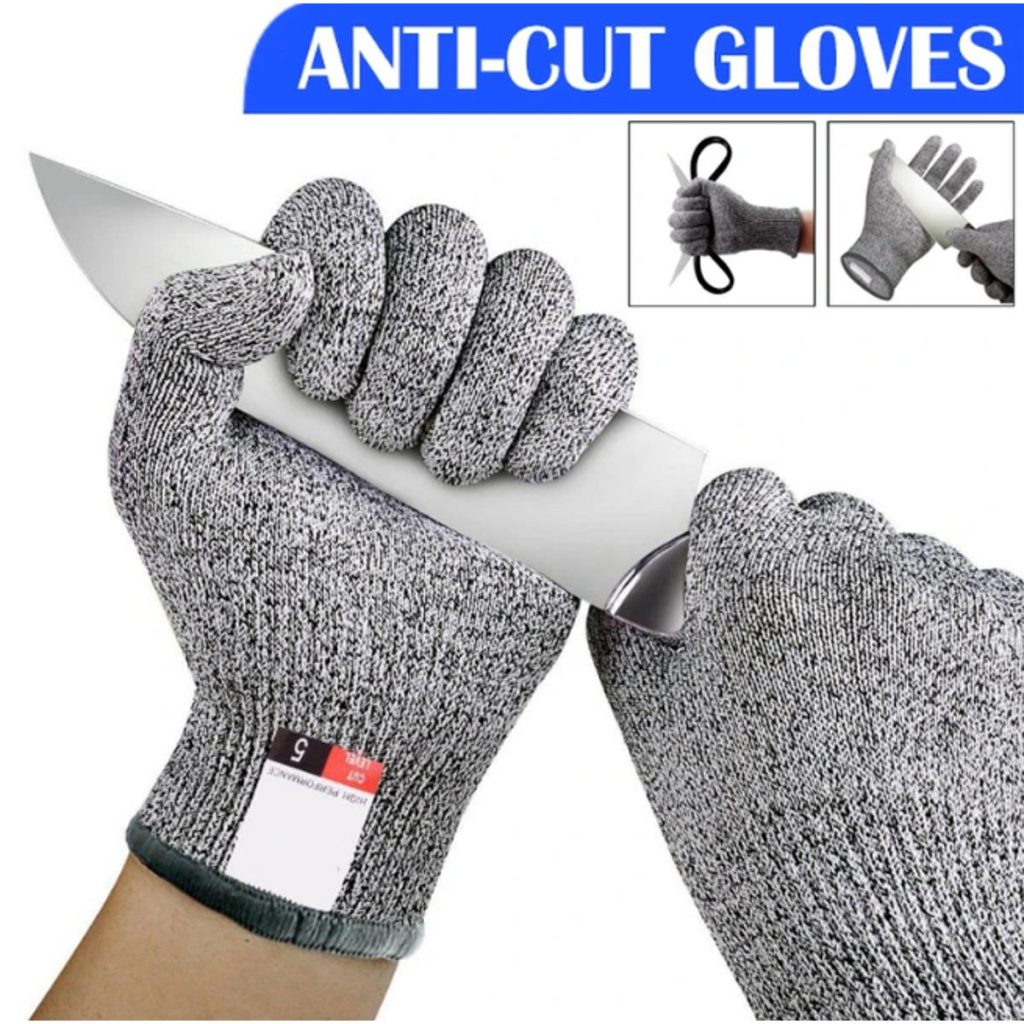Cut security gloves are an important element of personal protective gear (PPE), designed to shield fingers from the risks associated with sharp objects, blades, and chopping hazards in various industries. These gloves serve a critical position in preventing incidents and ensuring the safety of employees employed in jobs where in fact the arms are subjected to potential cuts and abrasions. The evolution of reduce defense gloves has seen breakthroughs in materials, engineering, and style to supply an extensive answer for hand protection in varied function environments.
One of many important criteria in cut defense gloves is the choice of appropriate materials. Contemporary gloves usually incorporate high-performance materials such as Kevlar, Dyneema, and Spectra, noted for their extraordinary reduce weight while sustaining freedom and dexterity. The proper layout of these resources promotes the glove’s power to endure sharp objects and minimize the danger of lacerations.
Cut defense gloves are categorized centered on standardized levels of reduce resistance. These levels, an average of defined by criteria such as for instance ANSI/ISEA (American National Requirements Institute/International Security Equipment Association), help customers recognize the correct glove because of their unique tasks. Gloves are rated from Stage 0 (minimal protection) to Level A9 (maximum protection), enabling tailored hand protection in various work scenarios.
In addition to reduce weight, the look and structure of cut protection gloves perform a crucial role inside their effectiveness. Easy knitting and ergonomic patterns donate to a tight match that ensures optimum skill and comfort. Some gloves function coatings or finishes, such as nitrile or polyurethane, to improve grasp, toughness, and resistance to oils and chemicals, creating them suited to a wide variety of applications.
The selection of cut protection gloves must align with the specific hazards present in the job environment. Different industries, such as for instance manufacturing, structure, healthcare, and food processing, may possibly need different levels of reduce opposition and other functions based on the character of the responsibilities performed. Knowledge the precise needs of the job is essential in choosing gloves offering satisfactory defense without compromising functionality.
Employers perform a pivotal role in selling hand protection through the provision of ideal cut safety gloves and ensuring appropriate instruction on the use. Instruction should protect not just the proper variety and request of gloves but additionally the maintenance, examination, and substitute of gloves to assure continuing effectiveness. Standard assessments of office hazards can help improve glove possibilities and improve over all safety protocols.
Cut defense gloves are becoming indispensable in several occupations, including but not limited by structure, metalworking, glass handling, and the culinary arts. The versatility of the gloves stretches beyond commercial applications to include recreational activities, developing, and even medical techniques where accuracy and defense are paramount.
Beyond the physical security they give, cut safety gloves also subscribe to the mental well-being of workers. The assurance instilled by wearing trusted and efficient give protection increases over all work pleasure and advances a confident security tradition within the workplace. That psychological affect supports the importance of buying quality reduce protection gloves as an cut protection gloves part of an organization’s commitment to worker welfare and occupational safety.

To conclude, reduce defense gloves represent a vital factor in ensuring hand safety across numerous industries. The continuous creativity in products, style, and standards reflects a responsibility to providing effective alternatives for avoiding incidents linked to cutting hazards. From commercial settings to daily projects, cut protection gloves stay as a testament to the intersection of technology and security, safeguarding fingers and empowering workers in their diverse roles.
